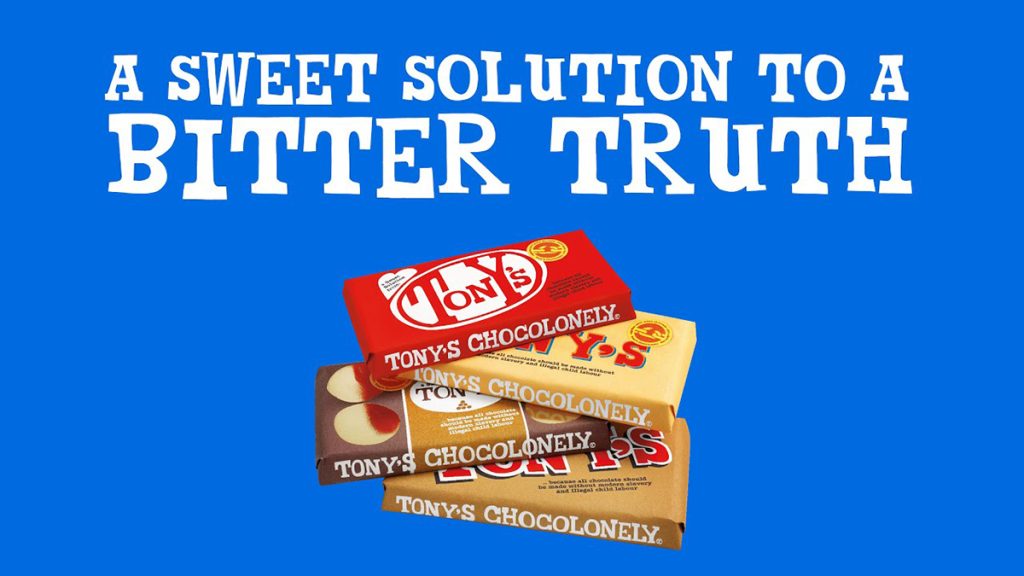Introduction
“Inclusive marketing” has become a popular phrase in the industry. But what does it really mean in practice? Too often, brands add diverse faces into a campaign without deeper involvement or understanding. That approach, known as tokenism, can backfire, creating inauthentic messages that audiences see straight through.
E45’s award-winning campaign “This is my space” offers a masterclass in how to do it differently. By working directly with the community it sought to represent, E45 demonstrated how inclusive marketing can be authentic, effective, and culturally meaningful.
Campaign context: E45’s brand challenge.
E45 has been a trusted skincare brand for decades, but in recent years it faced a crowded market filled with fresh, purpose-driven players. To stay relevant, E45 needed to reconnect with consumers through a purpose of its own.
That purpose was simple yet powerful:
“Make your skin feel comfortable, so you can feel more comfortable in your skin.”
The brand identified trans women as an underrepresented group whose skincare challenges were rarely addressed in mainstream advertising. By focusing on their lived experiences, E45 had an opportunity to both strengthen its relevance and make a genuine cultural contribution.

Stakeholder involvement: listening before leading.
What set this campaign apart was its process. Rather than guessing at representation, E45 and its agency partners put community involvement at the heart of development.
- Partnering with the Diversity Standards Collective – a network specialising in ensuring authentic representation in advertising.
- Conducting in-depth interviews with trans women to uncover unique dermatological insights, from the effects of hormone therapy to the role of hair removal in daily skincare.
- Creative leadership with lived experience – the campaign’s creative director was a trans woman, helping to shape the narrative from an insider’s perspective.
- Collaboration with healthcare professionals specialising in trans health, ensuring the campaign was not only culturally sensitive but medically accurate.
This approach meant authenticity wasn’t an afterthought – it was built into the campaign’s DNA.

Creative execution: real stories,
real spaces.
The final campaign portrayed trans women in intimate, everyday bathroom settings. The storytelling focused on rituals many people take for granted – shaving, waxing, moisturising – but framed them through the lens of comfort, identity, and joy.
Subtle details, or Easter eggs, were woven into the creative to resonate with the trans community, offering moments of recognition without resorting to cliché. The result was a campaign that felt honest, celebratory, and deeply human.
Authenticity vs tokenism.
To understand why E45’s approach worked, let’s quickly define tokenism.
Tokenism happens when brands include marginalised groups in superficial ways – often as a tick-box exercise – without real engagement or representation behind the scenes. The result? Campaigns that feel forced, stereotypical, or opportunistic.
E45 avoided tokenism by:
- Co-creating with the community rather than speaking for them.
- Validating creative ideas through consultation and feedback.
- Grounding the campaign in lived experience, not assumptions.
Compare this with campaigns that add diversity only at the casting stage, with no thought to narrative or authenticity – those often provoke backlash and erode trust.
Impact and results.
The impact of “This is my space” went far beyond the ad itself.
- Brand metrics improved – attention, positive perception, and purchase consideration all rose.
- Cultural impact was significant – the campaign generated overwhelmingly positive sentiment, with “joy” emerging as the dominant emotional response.
- Academic recognition followed – the research underpinning the campaign was published in the International Journal of Transgender Health, extending its influence into education and advocacy.
E45 not only boosted its brand health but also contributed meaningfully to wider conversations about representation in advertising.

Student resource: checklist for authentic inclusive marketing.
- Engage the community early – start with listening, not assumptions.
- Validate creative ideas with stakeholders – ensure representation feels accurate and respectful.
- Avoid stereotypes – focus on lived experiences and real insights.
- Collaborate with experts – cultural, medical, or subject-specific expertise strengthens credibility.
- Measure success beyond sales – track cultural impact, sentiment, and trust as well as revenue.
Takeaway.
E45’s “This is my space” shows that authenticity in inclusive marketing is not about featuring underrepresented groups – it’s about working with them. By involving trans women and healthcare experts from the very beginning, the campaign avoided tokenism and instead created something powerful, respectful, and joyful.
For marketers, the lesson is clear: inclusive marketing is a process, not a checkbox. When you engage communities in shaping the story, you build campaigns that are not only more authentic but also more impactful – for your audience and for your brand.




